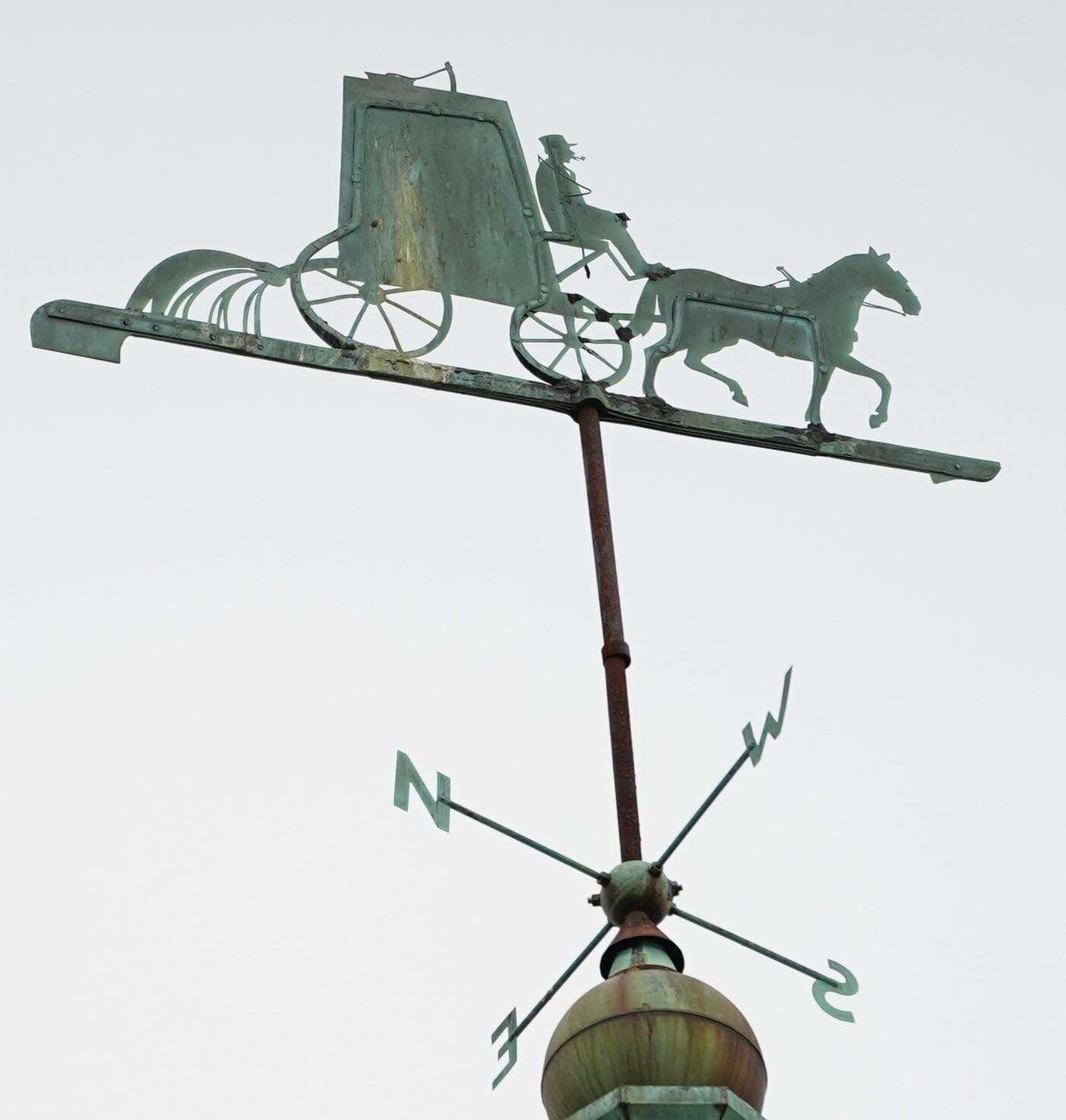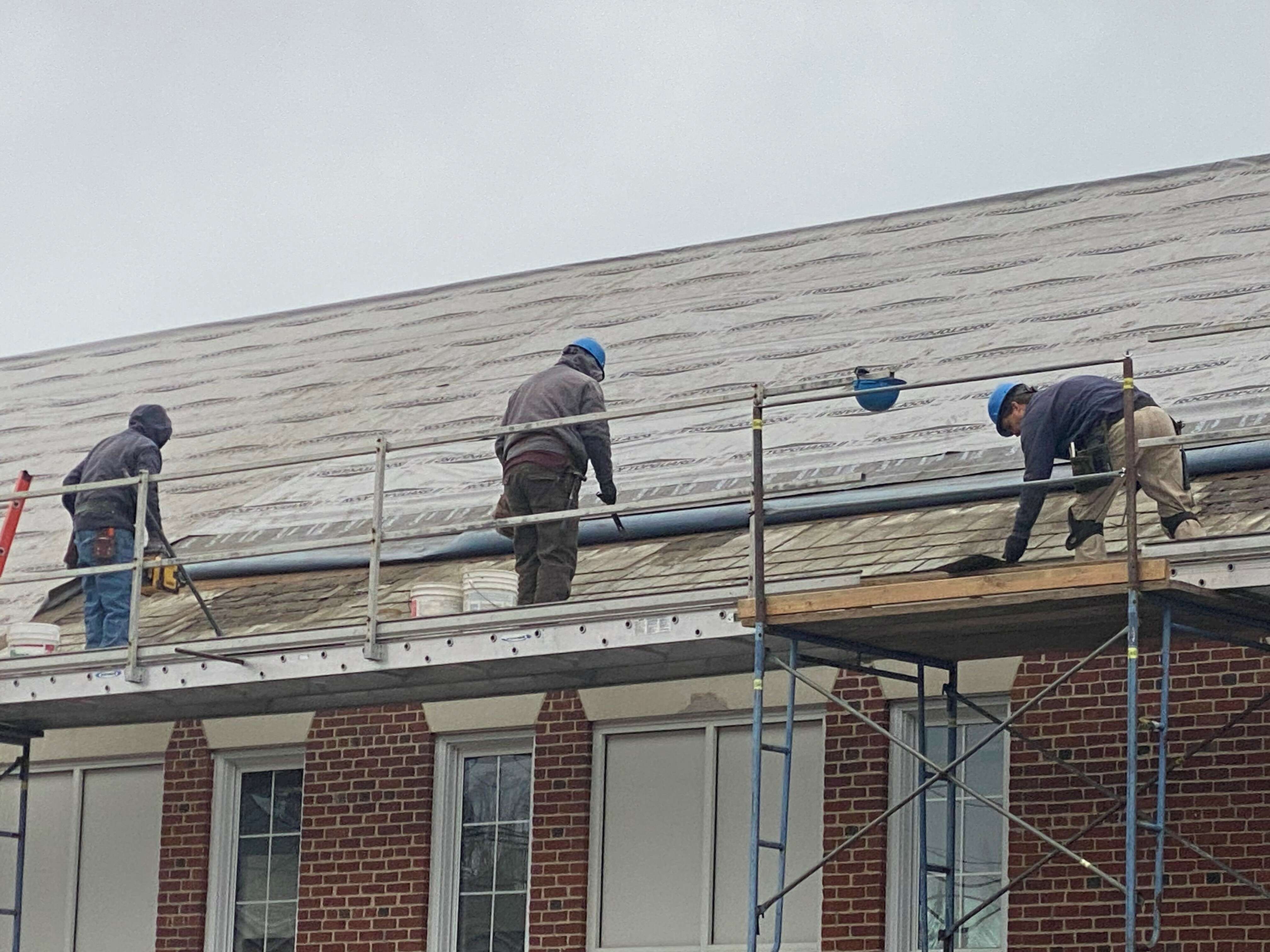
Processing Your Payment
Please do not leave this page until complete. This can take a few moments.
- News
-
Editions
-
- Lists
-
Viewpoints
-
Our Events
-
Event Info
- Women's Leadership Forum 2025
- On the Road with Mainebiz in Bethel
- Health Care Forum 2025
- On The Road with Mainebiz in Greenville
- On The Road with Mainebiz in Waterville
- Small Business Forum 2025
- Outstanding Women in Business Reception 2025
- On The Road with Mainebiz in Bath
- 60 Ideas in 60 Minutes Portland 2025
- 40 Under 40 Awards Reception 2025
- On The Road with Mainebiz in Lewiston / Auburn
- 60 Ideas in 60 Minutes Bangor 2025
Award Honorees
- 2025 Business Leaders of the Year
- 2024 Women to Watch Honorees
- 2024 Business Leaders of the Year
- 2023 NextUp: 40 Under 40 Honorees
- 2023 Women to Watch Honorees
- 2023 Business Leaders of the Year
- 2022 NextUp: 40 Under 40 Honorees
- 2022 Women to Watch Honorees
- 2022 Business Leaders of the Year
-
-
Calendar
-
Biz Marketplace
- News
-
Editions
View Digital Editions
Biweekly Issues
- April 21, 2025 Edition
- April 7, 2025
- March 24, 2025
- March 10, 2025
- Feb. 24, 2025
- Feb. 10, 2025
- + More
Special Editions
- Lists
- Viewpoints
-
Our Events
Event Info
- View all Events
- Women's Leadership Forum 2025
- On the Road with Mainebiz in Bethel
- Health Care Forum 2025
- On The Road with Mainebiz in Greenville
- On The Road with Mainebiz in Waterville
- + More
Award Honorees
- 2025 Business Leaders of the Year
- 2024 Women to Watch Honorees
- 2024 Business Leaders of the Year
- 2023 NextUp: 40 Under 40 Honorees
- 2023 Women to Watch Honorees
- 2023 Business Leaders of the Year
- + More
- 2022 NextUp: 40 Under 40 Honorees
- 2022 Women to Watch Honorees
- 2022 Business Leaders of the Year
- Nomination Forms
- Calendar
- Biz Marketplace
Portland water utility roof revamp pays homage to noted architect
 Courtesy / Portland Water District
The $900,000, multi-year project sought to honor the heritage of the building’s designer, noted Portland architect John Calvin Stevens.
Courtesy / Portland Water District
The $900,000, multi-year project sought to honor the heritage of the building’s designer, noted Portland architect John Calvin Stevens.
A nearly 100-year-old slate roof — part of a structure designed by renowned Portland architect John Calvin Stevens — has been the subject of a $900,000, multi-year revamp that aims to honor its heritage.
Repairs to the roof atop the Portland Water District’s Douglass Street headquarters are nearly complete.
“Portland is a heritage-focused city,” said General Manager Seth Garrison, explaining that Portland was among the first U.S. cities to embrace the concept of providing public drinking water in the 1860s. “People value our history and its representations. The PWD facility is an iconic Portland structure.”

The structure was built in 1928.
As the roof slowly disintegrated in recent years, the public utility faced a decision: How should it honor the heritage of the John Calvin Stevens-designed structure in a way that was fiscally responsible?

The district’s board of trustees decided it would be appropriate to preserve and protect the architectural legacy.
Slate specialists
The winning bid to replace the roof came from the Heritage Company Coppersmiths of East Waterboro. The company specializes in replacing slate and copper roofs. Its bid was below what roofing companies using composite material quoted at the time. While not as inexpensive as some other roofing systems, slate provides extremely good value in terms of lifecycle costs by providing a very long lifespan, according to a news release.
Planning for the project began in 2015.
“The Vermont Green slate-and-copper roof looks new, yet also appears nearly identical to what was removed,” said Christopher Crovo.
Crovo is executive director of the district’s asset management and planning section and manages the district’s $232 million in assets and capital improvement projects.
Crovo said the kind of roofs placed on public buildings designed by John Calvin Stevens early in the 20th century are both intricate and durable.
The project price of approximately $900,000 was spread over seven or eight years, from planning to completion, in order to space out spending.
Most of the work was recently completed. A small section remains to be repaired in 2024 or 2025.
Durable structure
The slate roof was starting to break apart. But the thick, wooden roof sheathing beneath the slate was in found to be in good condition.
“The original installers used three-foot sheets of roofing paper at 18 inches apart, which made it double thickness,” said Victor Wright, owner of Heritage Coppersmiths. “This accounts for the quality of roof structure we found when we removed the slate.”
The building has been home to Portland Water District since the late 1920s. Today, some 130 of the water district’s 200 employees work out of the Douglass Street headquarters.
Copper weather vane
Born in Boston in 1855, John Calvin Stevens and his family moved to Portland when he was 2 years old.
His architectural career took off in the 1880s, first in Boston, then back home in Portland.
Over the ensuing decades, Stevens and his son designed scores of residences, libraries, municipal offices, hotels and theaters around the state, including Houlton’s Cary Library and what is now the Colony Hotel in Kennebunkport.
Much of his work is found in Portland, including the State Street Congregational Church and numerous West End residences.
What is less known about Stevens — and germane to the district’s roof project — was his philosophy that when public buildings are designed with function and comfort for employees in mind, they work harder and with more dedication.
In 1928, Portland Water District trustees initially thought they would build a basic, three-story wooden structure with a utilitarian garage for equipment.
However, the Douglass Street neighborhood was essentially an outskirt of the city at that time. Stevens and the trustees decided a more sprawling, one-story design would fit the neighborhood better and serve the water district’s needs more efficiently.
Historians have noted that Stevens, an artist as well as an architect, sometimes threw in extra touches with his projects. That includes the copper weather vane, showing a horse-drawn carriage sprinkling water behind it to keep dirt roads from becoming dusty, that sits atop the Douglass Street building and serves as the water district’s logo to this day.
“The building attracts people with its character,” Garrison said. “It is a facility that customers and people in the neighborhood can take pride in.”
To see a video of the roof work, click here.










0 Comments